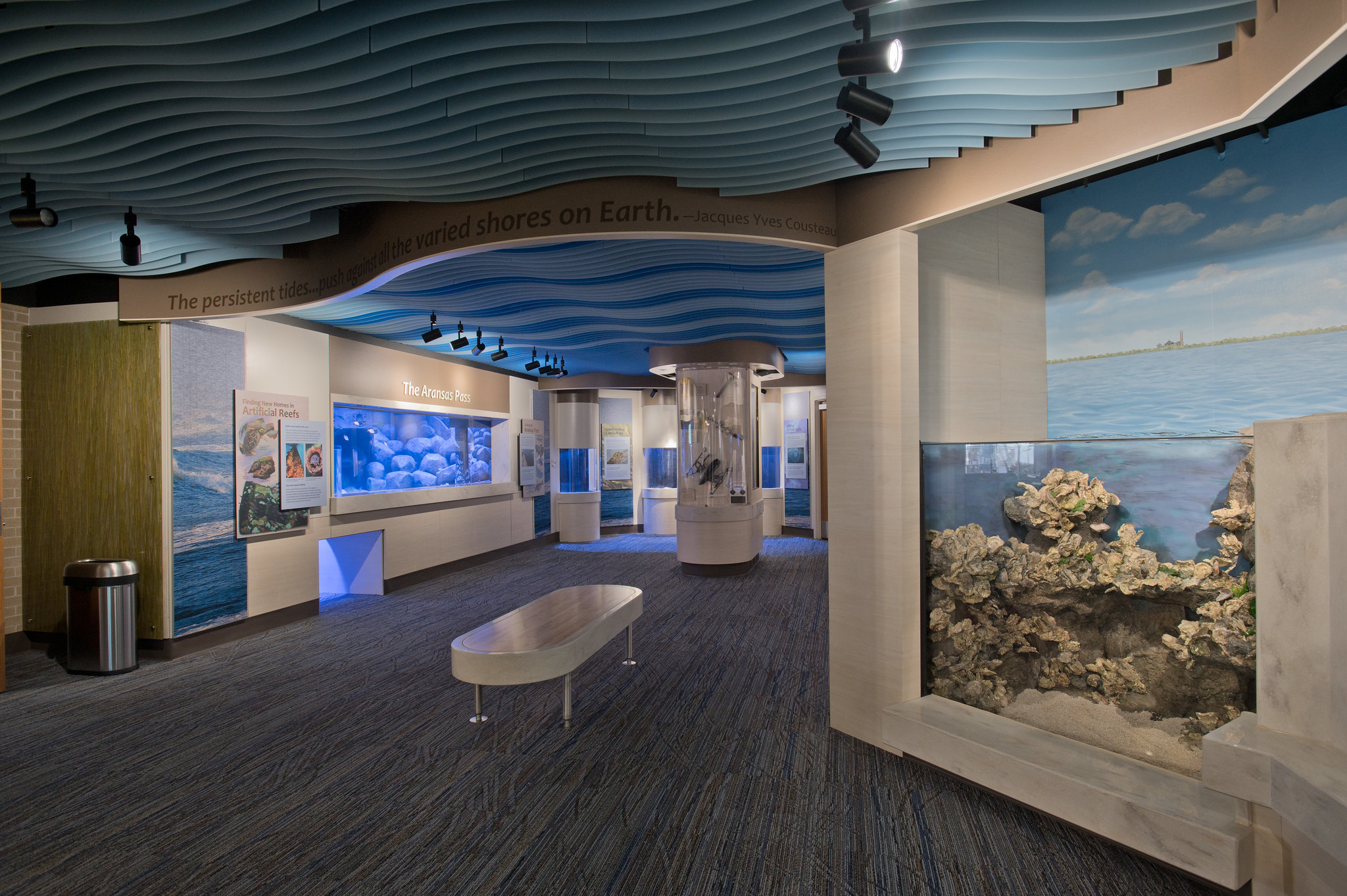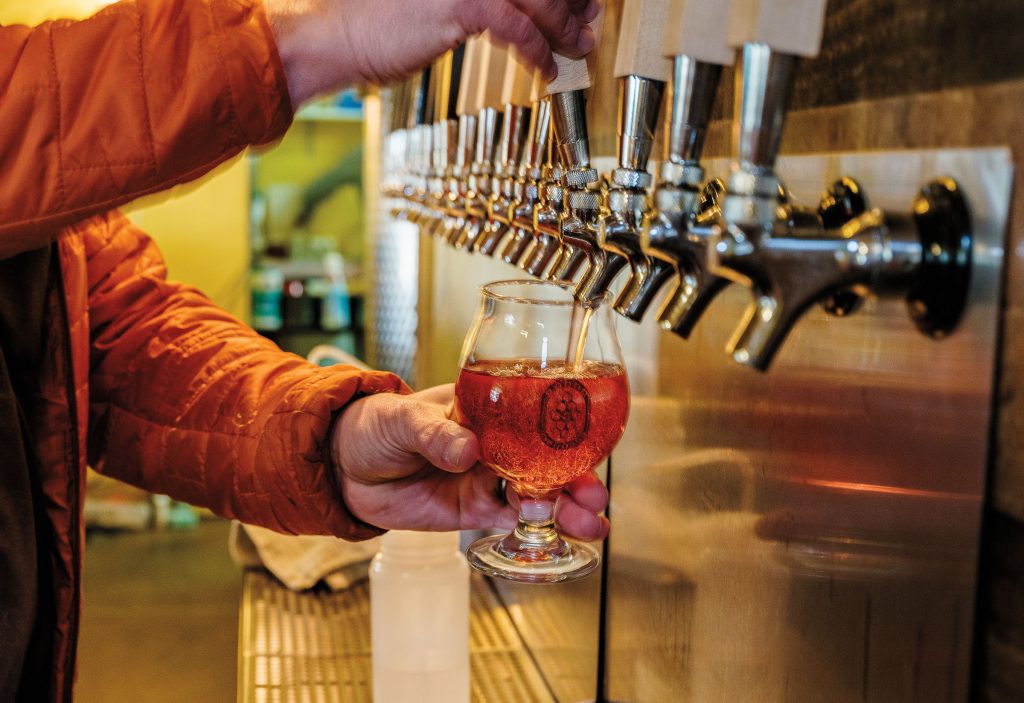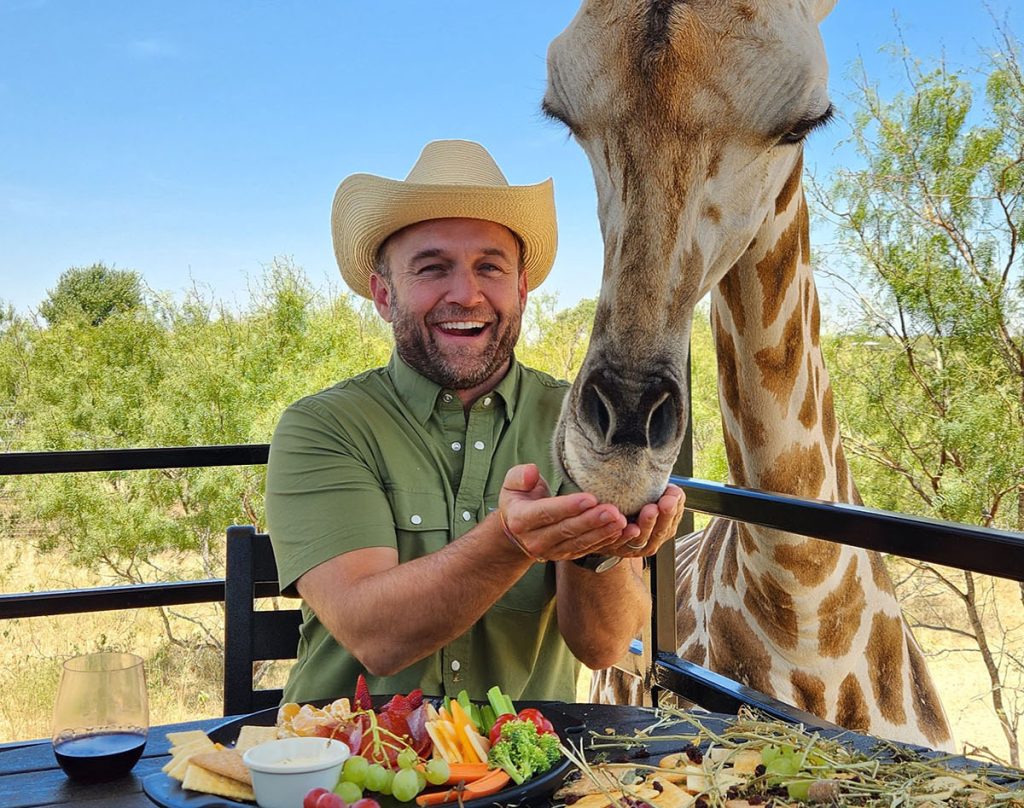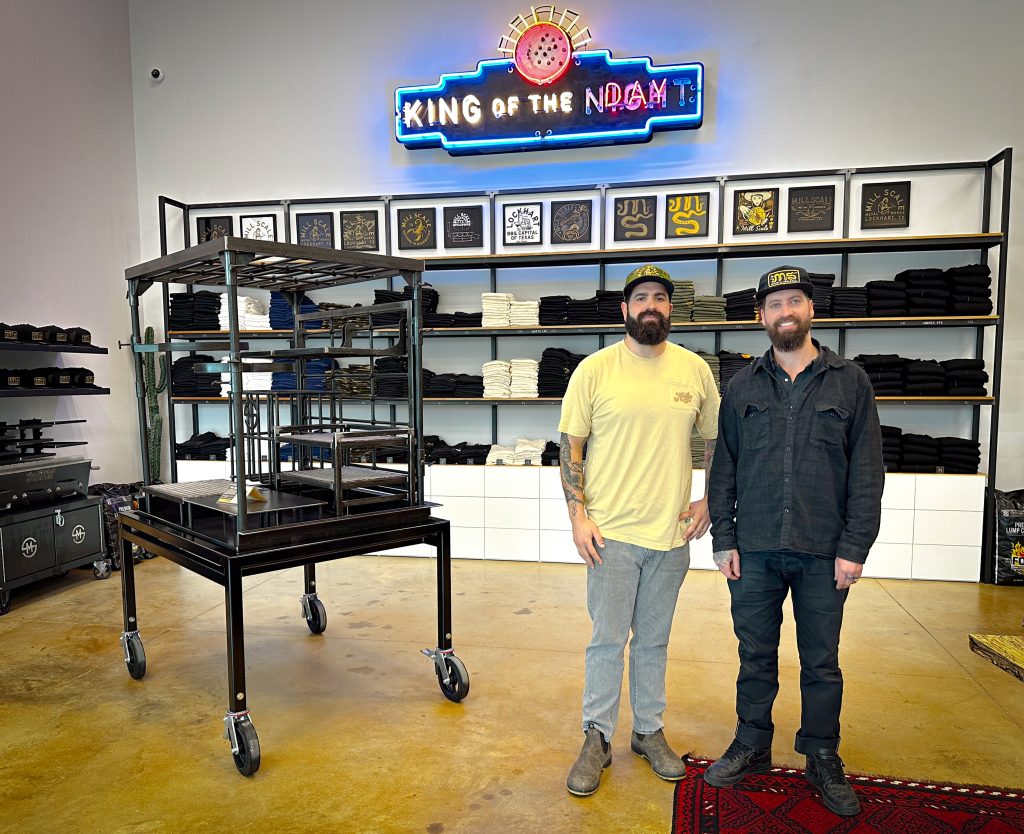
The University of Texas Marine Science Institute Patton Marine Science Education Center in Port Aransas. Photo by Eddie Seal, courtesy UTMSI
Inside a sofa-size aquarium, a black-and-white striped sheepshead and a small school of shiny Gulf menhaden swim above a southern flounder lying like a plate in the sand. A festively spotted rock hind rests on the floor of the tank. This scene in the Patton Center of Marine Science Education at the University of Texas Marine Science Institute in Port Aransas mirrors the waters of the Gulf of Mexico a few hundred yards away.
Patton Center of Marine Science Education in Port Aransas
Address: 855 E. Cotter Ave.
Hours: Tues.-Sat., 10 a.m. to 4 p.m. (except university holidays)
Admission: Free
Website: utmsi.utexas.edu/visit/marine-science-education-center
The newly renovated center, which originally opened in 1982, was designed by Corpus Christi-based Turner & Ramirez Architects and features eight aquaria spotlighting different local habitats as well as a touch tank, interactive displays about marine life in the Gulf, and exhibits on the research conducted at the institute and its Mission-Aransas National Estuarine Research Reserve.
“This is a total renovation to the building, which was heavily damaged by Hurricane Harvey in 2017,” says Sally Palmer, communications coordinator at the institute.
The state-of-the-art aquaria not only display local habitats such as the estuary and near-shore coastal zone, she says, but they also show visitors the behavior of some species. “In one tank, you can move a lever and push water left or right to see how fish, in this case juvenile bluntnose jacks, orient themselves to the current. Another is a simulated wave zone where water comes down from the top.” That tank features sea urchins and starfish.
Three more tanks curve out from a wall, one containing moon jellies, another recreating a sargassum habitat. A third is a sea grass bed, where black drum and piggy perch, or pigfish, live now. Most of the animals in the exhibits have been collected locally; the staff hopes to add seahorses, but the small fish have yet to cooperate. Some other species have presented challenges as well.
“We went fishing along the jetties and other areas and asked local fishermen to help collect specimens,” says Adriana Reza, the institute’s education coordinator. “The sheepshead was really hard to catch, and we really wanted one. The faculty at the fisheries and mariculture lab across the way helped out.”
Another fish still on the wish list is a tripletail, which looks like it has three tails because its top, bottom, and tail fins are set so close together. These fish gather near pilings, jetties, buoys, and other objects in passes and bays and often float on their sides at the surface, looking like dead leaves.
Residents of the touch tank include a rubbery-legged pencil sea urchin and a spiny red urchin, hermit and arrow crabs, and sand dollars. Volunteer docents often are on hand here to talk about the different animals.
The largest tank in the center contains a partially submerged replica of a train car, shown as if it wrecked on a jetty. In the 1890s, granite brought by train from Central Texas was used to build the jetties on either side of the pass between Mustang Island (where Port Aransas is) and San Jose Island (a ferry ride from Port Aransas Fisherman’s Wharf). This tank has a clear cylinder that sticks up in the middle, allowing kids (and adults) to crawl in and stand face-to-face with the critters inside, which include sheepshead, red drum, spotted seatrout, channel catfish, and blue crabs. Reza calls it a great snapshot of what actual jetty life looks like.
Besides glimpsing marine life, visitors also can learn about the institute’s extensive research on fisheries, Palmer says. For the past decade or so, scientists here have been mapping seagrass along the Texas coast. Other research examines harmful algal blooms or red tides and how oil spills and chemicals in wastewater affect fish survival. At the center’s Meet the Scientist kiosk, visitors can ask researchers about the work they do, their favorite fish, and other questions.
Other interactive exhibits include a touch screen for exploring the different types, colors, and textures of sand and how sand is created. One exhibit features the institute’s Amos Rehabilitation Keep, which rehabilitates marine turtles and birds from the area. A bank of tablets let visitors pretend to release a rehabilitated animal; color in a sea turtle or pelican, tag it, and then push a button to “release” it to a giant monitor and watch it swim or fly away.
Photo opportunities include simulated seagrass and oyster reefs and a Farley boat, open-style fishing boats built locally by the Farley family in the early 1900s. Kids can climb into it, cast for fabric fish, and measure their catch. The center also has occasional fish-feeding demonstrations and chats with animal rehabilitation staff.
The goal is to give everyone “a better understanding of the local marine community,” say Reza. “The inside of the center is a reflection of what is out there. People can’t see into the water, so we show them what is there so they can make that connection. There is no right way to go through the center, just come in and explore at your own pace and interact.”








